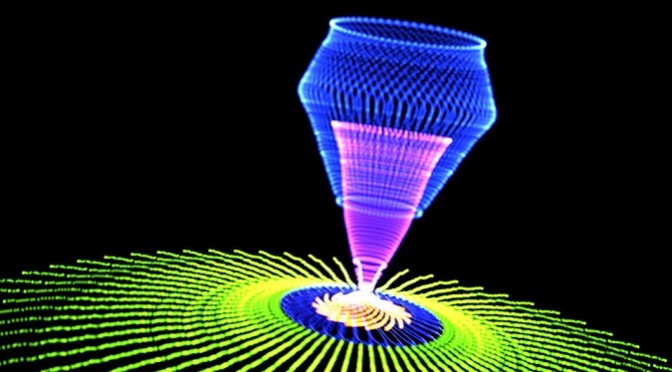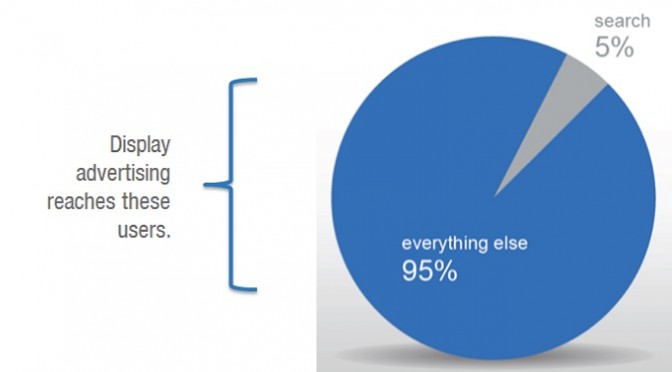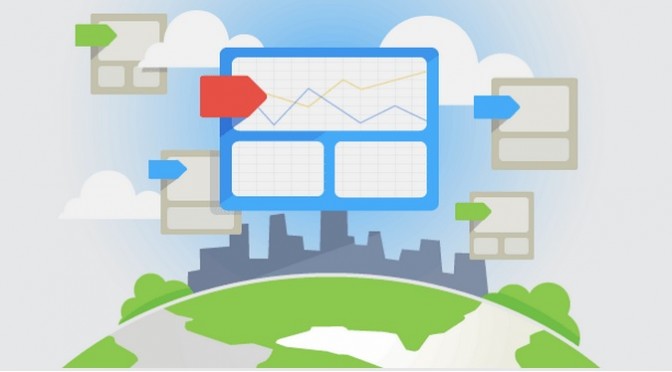In December 2013 Google announced that they would be rolling out +Post ads, ie. Google Plus posts served on the Google Display Network and there hasn’t been much about it since.
However people are noticing social metrics column data appearing in AdWords of late and this links directly back to +Post ads. Does this mean that we are likely to see +post ads in the wild soon?

Google had allowed advertisers to sign up to the beta trial of +Post Ads and despite the form not leading to a ‘thank you‘ page on submission ( so you don’t know if your application was successful or it if errored out), the site did a job in explaining the new product.
A World Wide News Feed
As +Post Ads are displayed on the wider Google Display network and outside of the social media platform itself, it allows for far greater reach and audiences (Google Plus is a little barren). In essence it will turn the entire Web, well those websites with the appropriate adSense tags, into a readily updated social media news feed.
So not only is Google Plus a good thing to keep updated for your SEO efforts, it could ultimately encourage people to actively join and use the social network by exposing millions of people to good content on the display network.
It’s a shrewd move by Google to get the advertisers on board as a way to attract more active users and to monetise the platform. The integration with AdWords, as are being seen around the web, is the first indication that +Post Ads will be coming to a website near you shortly.












